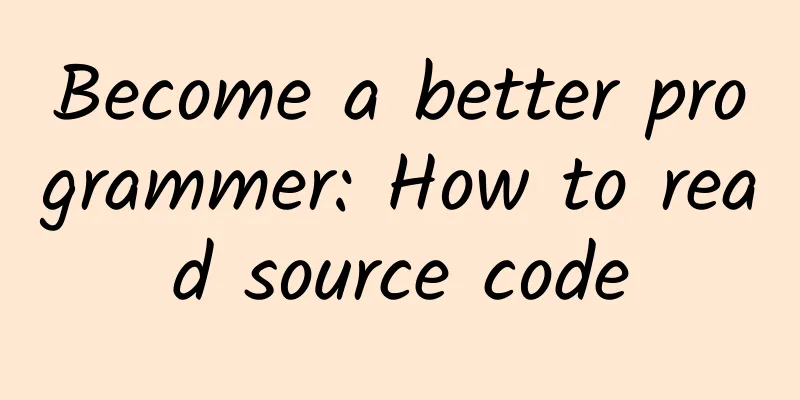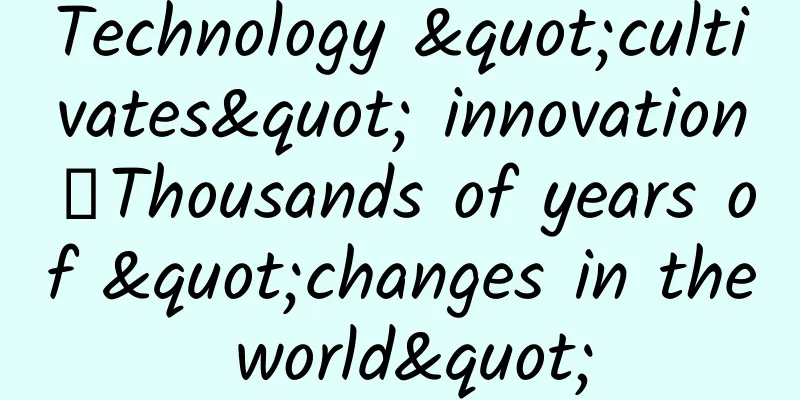Become a better programmer: How to read source code

|
There are many benefits to reading source code. You will discover new constructs and libraries, resonate with other code maintainers, but most importantly, learn how to organize the code so that it does not become unmaintainable due to extreme internal complexity. But there is a downside, which is that reading source code is too difficult. Every time I see a new code base, this dizzy feeling fills my mind. My heart tells me that I don't want to wade into this muddy water at all. This is a (hopefully) normal reaction. When our brains are exposed to too much novelty, they reject it. The powerful pattern-matching machine that the Creator has given us simply cannot find a pattern. All the abstractions are new to us, and the class names are completely unfamiliar. Where does the program even begin to execute? The general advice I can give is as follows: 1. Find and build an initial foundation that you understand, usually the main entry point. 2. From this foundation, gradually explore the main features. 3. Record what you find. Start from scratch The trick is to give yourself a starting point. Here's what I do. I run the program with the -h option and call the help command. Then I copy one of the help docstrings and use it as a search term to search through the codebase to find the help doc. Usually, calling the help command will put you pretty close to the main entry point of the program. Identify the outline Once I found the main entry point, I ran a few of the examples provided in the documentation. Then, I tried to trace the main code blocks and get a rough idea of how everything is connected. I ask myself, is there a manager that calls a bunch of helper functions and classes? Are there peers that take turns passing control? Is there a main queue of tasks that the program executes step by step? Knowing the big picture helps you understand the small details. If you read on without understanding the main flow of the program, you'll likely be overwhelmed by the details. Take notes I tend to take notes directly in the code. When I do, I use special comment characters (for example, #=> instead of the usual #) to distinguish my own notes from the original author's comments. If you come across a clever trick, a confusing flow, a beautiful use of a programming construct, or anything else you want to remember, be sure to take notes. If you get stuck, you can also make a note to remind yourself to go back and read the part you didn't understand later. By writing down your thoughts, you are actually making that piece of code your own. Over time, you will begin to naturally use those newly mastered constructs in your work. Integration Learning programming is a continuous process of reading and writing code repeatedly. As long as you are willing to be exposed to different styles and codes, you will eventually form your own unique perspective and thinking. |
<<: Weekly crooked review: Since it’s Black Friday, let’s have fun with it
>>: Become a powerful and outstanding full-stack designer!
Recommend
Ginkgo is so common, why is it an endangered plant?
In late autumn and early winter, there is always ...
How to mine free resources from App stores at low cost
The content of this article is based on a speech I...
Kang Ge's "Building a Small Money Printing Machine in 30 Days with a Public Account" Complete Review of the Project of Making 300,000 Yuan Without Making Anything
Training course video lecture content introductio...
Did you know that China's space station "flipped" in space during its construction? Why did they do that?
On September 30, 2022, after about an hour of coo...
World Bicycle Day | Cycling regularly has so many benefits! But...
Today is World Bicycle Day . Cycling is a healthy...
What makes Newton's laws true? Here's a simple way
Why do Newton's laws hold true? Here's th...
Research finds: Eating spicy food regularly can reduce the risk of cancer and death! But the premise is that you have to eat it right!
Some people love spicy food, while others don’t l...
You will be sentenced! Don’t take this kind of photo casually!
Fujian Ship as the Navy's Star Equipment Attr...
The smallest cat in the world cannot escape the fate of inbreeding | Nature Trumpet
Welcome to the 51st issue of the Nature Trumpet c...
Lazy Rabbit: Dialectics of cold, fever and cough and the use of Chinese patent medicine
Lazy Rabbit: Syndrome Dialectics of Cold, Fever a...
Satellite photography: What the Earth looks like from space
How about renting or buying a satellite to take p...
Will overeating delicious food make your liver become as sticky as dough?
Recently, Nature magazine published a very unique...
9 very useful traffic marketing software and tools
WeChat marketing promotion focuses on thinking an...
Industry promotion is undergoing transformation: 30% of companies that buy traffic no longer do so!
Recently, the author went to Shenzhen to attend a...
App Store data analysis for beginners of APP promotion
[[147097]] There are a lot of data in the AppStor...









